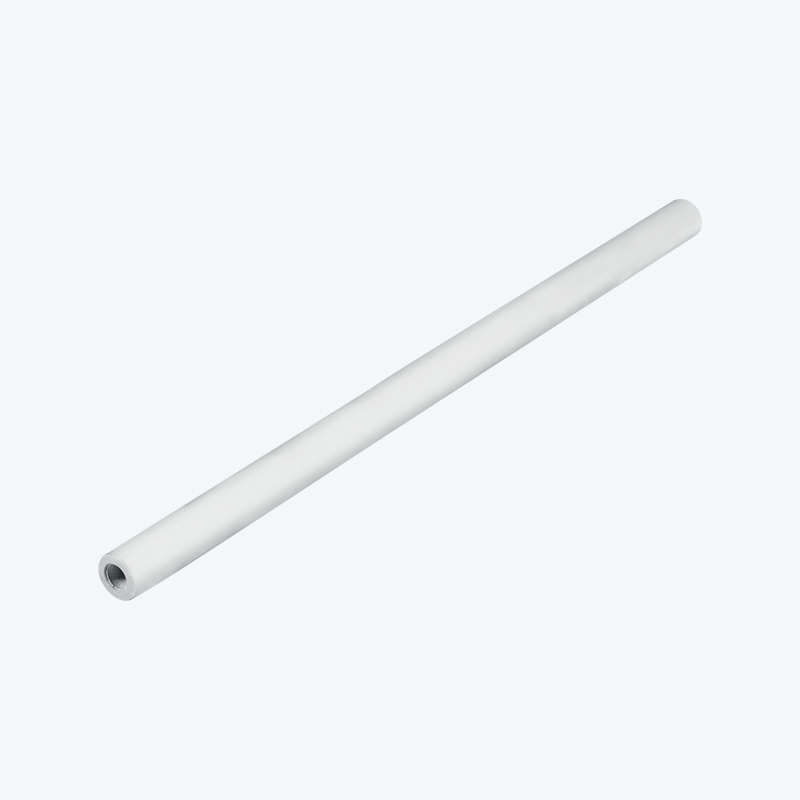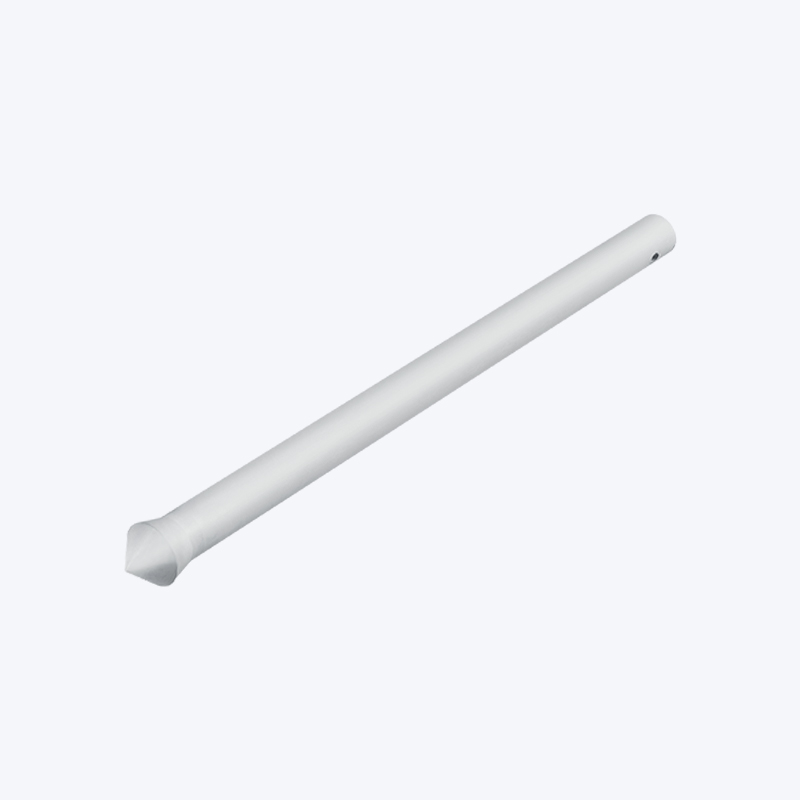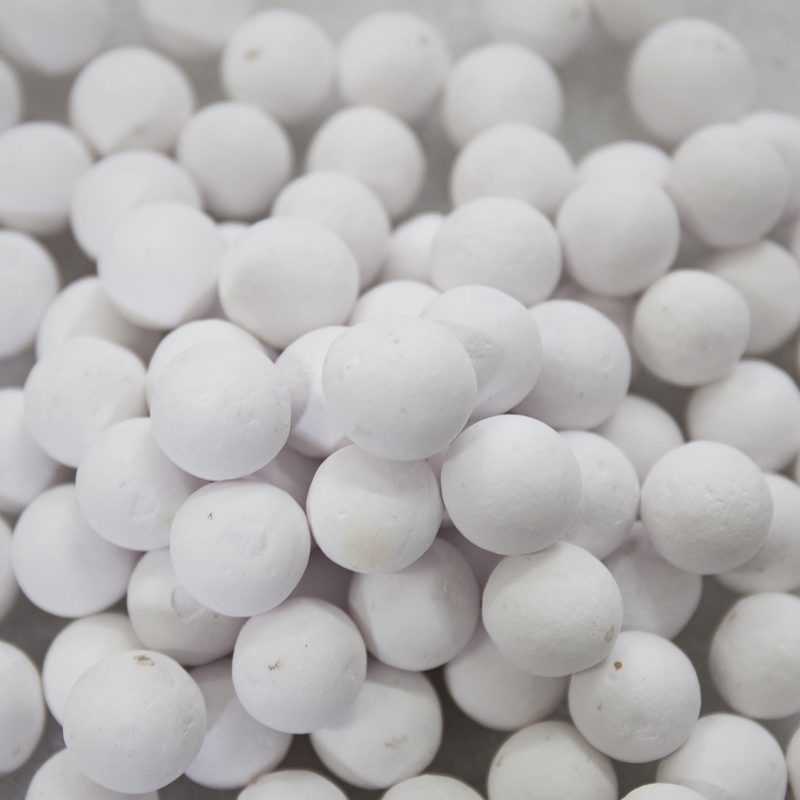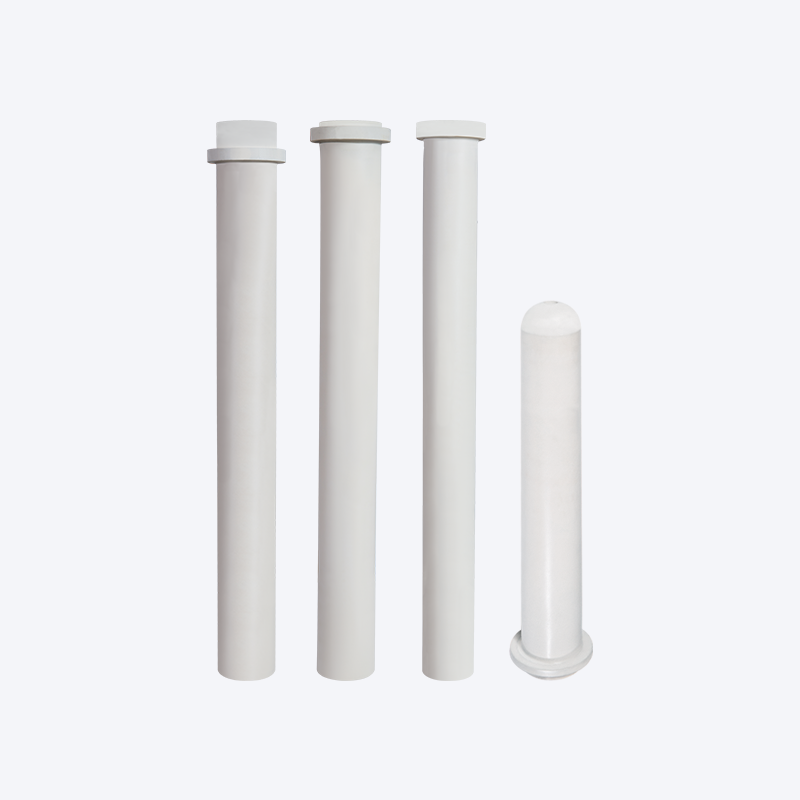Aluminum Titanate Lining Brick: Advanced Refractory Material
Aluminum Titanate Lining Brick, known for its exceptional high-temperature resistance and corrosion resistance, is becoming an indispensable refractory material in modern industrial applications. The development and application of this material provide effective protection for equipment in high-temperature operations, significantly enhancing industrial production efficiency and safety.
1. Composition and Characteristics of Aluminum Titanate Lining Brick
Aluminum Titanate Lining Brick primarily consists of aluminum oxide (Al₂O₃) and titanium dioxide (TiO₂). These components are sintered at high temperatures to form a refractory material with a unique crystal structure. The main advantages of aluminum titanate include its high melting point and excellent thermal stability, which allow it to maintain physical and chemical properties in extreme high-temperature environments.
Specifically, aluminum titanate lining bricks possess the following characteristics:
High Melting Point: Aluminum titanate typically has a melting point above 1750°C, making it resistant to melting or degradation in high-temperature operations.
Excellent Corrosion Resistance: This material exhibits strong resistance to molten metals and high-temperature gases, effectively extending the service life of equipment.
Low Thermal Expansion Coefficient: Aluminum titanate has a relatively low thermal expansion coefficient, meaning it maintains good dimensional stability in high-temperature environments.
2. Applications
Aluminum titanate lining bricks are widely used in various industrial fields, particularly in environments requiring high-temperature resistance. For example:
Steelmaking: In steelmaking, where furnace temperatures often exceed 1500°C, aluminum titanate lining bricks effectively protect the furnace lining from high-temperature metal and gas corrosion.
Cement Production: In cement production, the high-temperature kiln linings need to be resistant to heat and wear. Aluminum titanate lining bricks enhance the durability and efficiency of the kiln.
Glass Manufacturing: During glass melting, molten glass exerts significant corrosive forces on lining materials. Aluminum titanate lining bricks can significantly extend the lifespan of the furnace.
3. Manufacturing Process
The manufacturing process of aluminum titanate lining bricks typically involves the following steps:
Raw Material Preparation: Aluminum ore and titanium ore are mixed in specific proportions to produce raw material powders.
Mixing and Forming: The raw material powders are mixed thoroughly, either by wet or dry grinding, and then pressed into molds.
Sintering: The molded brick bodies are sintered in a high-temperature kiln to form a stable aluminum titanate crystal structure.
Inspection and Finishing: After sintering, the lining bricks undergo strict quality inspection and, if necessary, finishing to ensure they meet size and performance requirements.
4. Future Prospects
With ongoing advancements in industrial technology and increasing demands for high-temperature environments, the demand for aluminum titanate lining bricks is expected to grow. Future research may focus on further enhancing its high-temperature resistance and corrosion resistance, as well as reducing production costs. Additionally, exploring composite applications with other materials may bring new breakthroughs in the field of refractory materials.
Contact Us for Quotes and Prices!
Just let us know what you want, and we will get in touch with you as soon as possible!

 English
English 简体中文
简体中文












